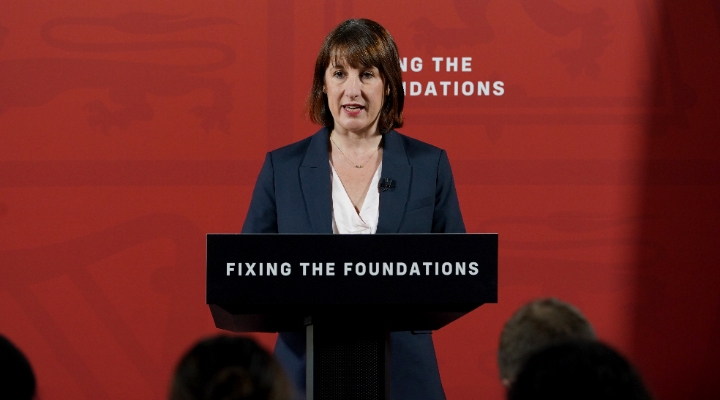There were two pieces of good news in Standard Chartered’s otherwise dismal year-end results: The bank's capital was resilient, with an endpoint CET1 ratio of 10.7%, flat with the half year, and operating results were slightly ahead of our projections as credit losses came in below our expectations.
Headline results, however, were worse than we anticipated, in large part because of the bank's $758 million noncash write down on goodwill. We think that 2015 will be a difficult year – we’re projecting that loan losses will increase by some 50% – but we continue to think there is a decent chance that Standard Chartered (STAN) can make it through without a materially dilutive capital raise. Plus, the higher share price is good news on that front, as it means that any equity raise is likely to be less expensive for the bank. We plan to maintain our fair value estimate for the narrow moat bank.
Capital is the key question for Standard Chartered and management seems to be paying close attention to this issue. The bank plans to build its CET1 ratio to 11%-12% in 2015 from 10.7% in 2014. If it's successful, we think this would be strong reassurance that an equity raise is not needed. Standard Chartered is targeting $600 million of cost cuts, including both ongoing operations and exit of businesses, in 2015, and $1.8 billion over the next three years, and we expect the 2015 cuts to be worth about 20 basis points of capital build alone.
Still, we think a dividend cut is likely in the cards for 2015; at the current level of $0.86 per share the dividend would eat up 80% of projected earnings, a pay-out ratio we see as unlikely to be palatable for a bank under pressure to build capital.
As an emerging-markets trade-focused bank, Standard Chartered remains heavily exposed to negative economic trends and especially to the drop in commodity prices. Therefore, we're glad that the bank made material progress in reducing its exposures as commodity exposures overall are down 11% from a year ago, driven by a 19% decline in producers, which are riskier credits than traders.
Still, the bank's $54.9 billion of exposure to commodities, including $28.6 billion to oil and gas, is noteworthy at nearly 20% of loans to customers. The small recovery in oil prices since January is welcome but we plan to maintain our very high uncertainty rating for the firm.





























